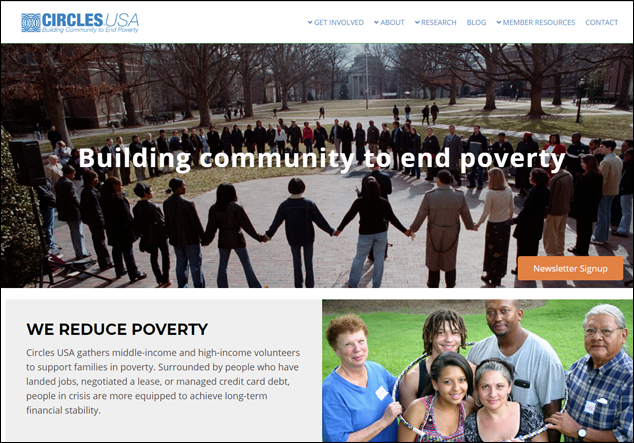Why This Strategy Matters
Refugees and immigrants face a number of legal, cultural, and financial hurdles when taking steps to become financially stable, like finding a job, applying for public assistance, or starting a business. The language barrier is often the biggest challenge refugees and immigrants face—15% of all foreign born residents in the region do not speak English well or at all, and this share is likely higher for recent refugees and immigrants. These challenges limit the financial self-sufficiency of refugees and immigrants—poverty rates for foreign born families with children (39%) are nearly twice as high as those born in the US (20%). Service providers that tailor their programs to the needs and challenges of refugees and immigrants can ease their transition to an economically secure life in the US.







